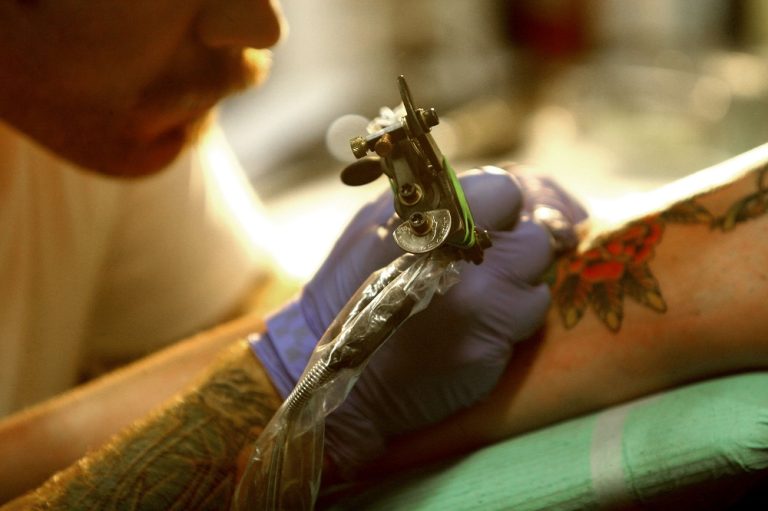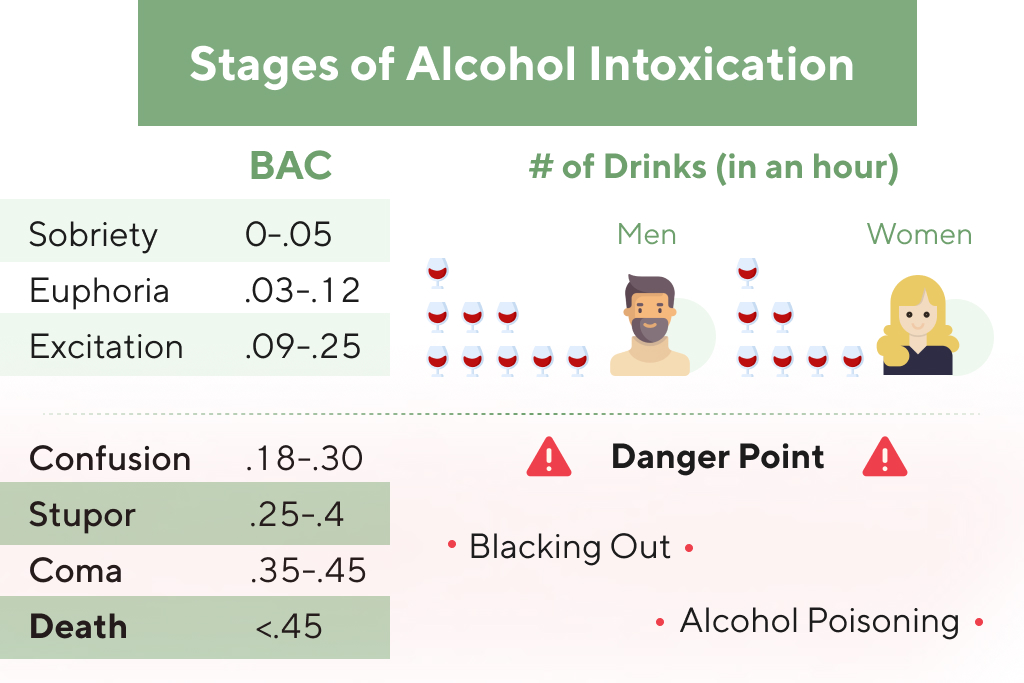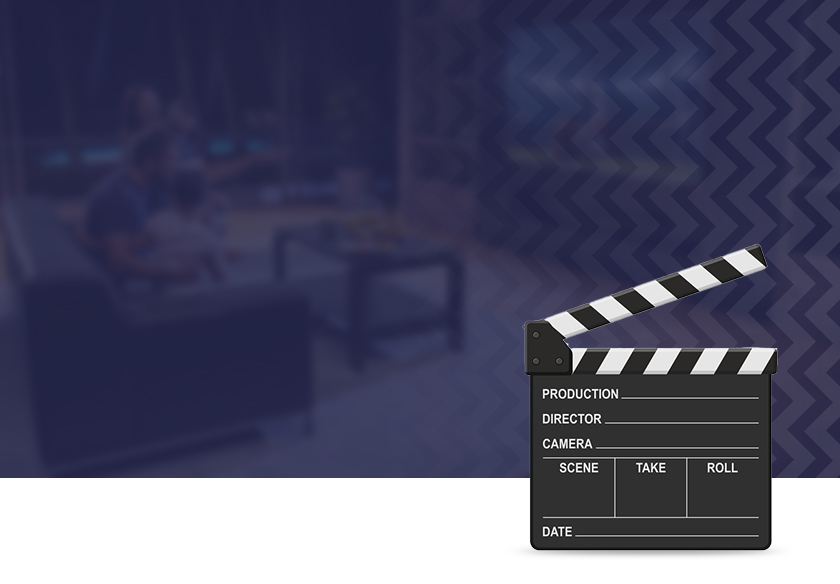They are set on large, semi-rural properties with animals and vegetable gardens, and they incorporate psycho-social skills training and some aftercare support. Their residents stay for anywhere between three to 15 months before being supported to transition into housing, training and/or employment. Both TCs employ a significant number of staff members with a lived experience of addiction (and a minimum of one year in recovery), including program graduates who undergo alcohol and other drug studies. Engel’s proposal in the late 1970s that a new model was needed to take account of not only biological factors affecting health and disease, but also psychological and social factors, was made at a time when the theoretical and empirical backing for it was not established but was rather in construction.
Giving patients labels that selectively emphasize certain aspects of their suffering and imply diseasehood without due justification is problematic. In addition to having the potential to undermine research in the ways discussed above, it creates ethical problems. Patients have a right to know the true state of medical knowledge on their ailments. The resort to fallacious arguments in wayward discourse is almost certainly unintentional—a result of misunderstanding or carelessness, mixed with excitement about the BPSM’s perceived potential.
When people with substance use disorders experience discrimination, they are likely to delay entering treatment and can have less positive treatment outcomes (Fortney et al. 2004; Link et al. 1997; Semple et al. 2005). Discrimination can also increase denial and step up the individual’s attempts to hide substance use (Mateu-Gelabert et al. 2005). The immorality that mainstream society attaches to substance use and abuse can unintentionally serve to strengthen individuals’ ties with the drug culture and decrease the likelihood that they will seek treatment.

In this chapter, drug culture refers to cultures that evolve from drug and alcohol use. Research designs relevant to the BPSM are those that examine the effects of psychological and social, as well as biological factors, on health outcomes (e.g. Lacombe, Armstrong, Wright, & Foster, 2019). Immediate findings are typically of correlations or associations, and control conditions of varying levels of stringency increase confidence in inference to causation. Multivariable regression models are applicable within the BMM, including biological variables only, but the expanded BPSM framework also accommodates inclusion of psychological and social variables, estimating their independent, additive, and interaction effects (e.g. Guloksuz et al., 2019). We hypothesized that sociodemographic factors, while crucial to the comprehensive risk model, would not be critical predictors, when they were included with socioecological and health factors, or with other substance dependence or abuse.
Attending to these aspects of the patient can promote trust, bring to light additional information relevant to patient well-being, and expand opportunities for treatment (McWhinney and Freeman 2009). It is worth noting that, despite general awareness of their importance, psychosocial factors are sometimes deemphasized in everyday medical practice (Weiner 2008; Edwards et al. 2016). The interplay of biological, psychological, and social factors offers a holistic view of substance abuse, challenging future Social Workers to look beyond surface-level symptoms and dive into the underlying causes of addiction. The biopsychosocial model underscores the importance of a multifaceted approach to treatment, highlighting the necessity for interventions that are as complex and varied as the individuals they aim to help.

Yet he never built such a model, and nor has anyone else—although work on this project remains ongoing (Bolton and Gillett 2019; Edwards et al. 2016; Kelly et al. 2014; McLaren 1998, 2021). What the BPSM is, then, is essentially the general proposition that illness involves biological, psychological, and social factors. The biopsychosocial model takes an inclusive approach Top 5 Advantages of Staying in a Sober Living House to addiction treatment, combining all three elements of the above-mentioned treatment models into a workable approach. For most, this is the best treatment option, as addiction does not just impact one part of a person’s life, it impacts all of it. That’s why the biopsychosocial model of recovery seeks to treat the whole person, not just his or her addiction.
BPSM compatible research studies were barely available when Engel proposed the new model in 1977. The first clinical trials of psychological therapies appeared in the 1970s, heralding what has become a very large-scale research program of developing and evaluating psychological interventions for a wide range of health conditions and their complications. The early finding that cognitive therapy for depression was effective, and https://thecupertinodigest.com/top-5-advantages-of-staying-in-a-sober-living-house/ moreover, more effective than an antidepressant medication (Rush, Beck, Kovacs, & Hollon, 1977), reinforced the signal that the BMM was not enough, at least not for modeling and treating depression. Health factors included overall perceived health, having access to private health insurance, and mental health indicators. Overall self-reported health was categorized as (1) excellent, (2) very good, (3) good, and (4) fair/poor.
18Barron, Hargarten, and Webb (2021) tacitly acknowledge this when they note that “gun violence disease” would not fit well into existing medical school curricula, and recommend working discussion of the “disease” into classes on medical ethics. For an example of the appeal-to-authority argument, consider an article on irritable bowel syndrome (IBS) by Camilleri and Choi (1997). To be diagnosed with IBS, a patient must report bowel troubles and also show no signs of “organic disease” (Camilleri and Choi 1997, 3, 8, 9, 11). Yet Camilleri and Choi classify IBS itself as “a disease.” In fact, they call it “the most common disease diagnosed by gastroenterologists” and say that “it” “affects about 20% of all people at any one time” and “has a large economic impact” (Camilleri and Choi 1997, 3). I argue that TMD has become the subject of unjustified claims and that these claims are at least partly products of the question-begging strand of wayward BPSM discourse.
These criticisms—which, we will see, are compelling—raise fundamental questions about the BPSM’s place in medicine. What does it mean to have an arguably non-existent model guiding whole areas of medical research and practice? Ghaemi is one of the few scholars to have given a sustained answer to these questions (Ghaemi 2010). He argues that, in practice, “the biopsychosocial approach” often devolves into unprincipled eclecticism. The BPSM’s all-inclusive nature has left its adherents free to select and mix and match different perspectives—including incompatible dogmatisms—in a haphazard way.
Brndaddo has proven time and time again that its versatile solutions fit brands of any industry, regardless of scale.

Get to know how Brndaddo helped our retail clients to establish a unique brand identity along with enhanced productivity & efficiency in their creative process.

Get to know how Brndaddo helped our F&B clients to reduce the turnaround time in their creative process and increase productivity two-fold.

Find out in detail how BRNDADDO helped its clients in the Automotive industry find the right balance and organization-wide consistency.

Get to know how Brndaddo helped our M&E clients to deliver optimum customer experience along with enhanced productivity in their daily work.

Get to know how Brndaddo helped our Banking, Financial Services and Insurance (BFSI) clients to be more productive, accurate and consistent in their daily work.

Get to know how Brndaddo helped our Manufacturing clients to be more productive, accurate and consistent in their daily work.

Get to know how Brndaddo helped our Healthcare clients to be more consistent in their marketing communication and simplify brand control by streamlining organizational workflow.

Get to know how Brndaddo helped our Real Estate clients to be more consistent in their marketing communication and simplify brand control by streamlining organizational workflow.

Get to know how Brndaddo helped our Information & Communication Technology Industry clients to be more consistent in their marketing communication and simplify brand control by streamlining organizational workflow.





